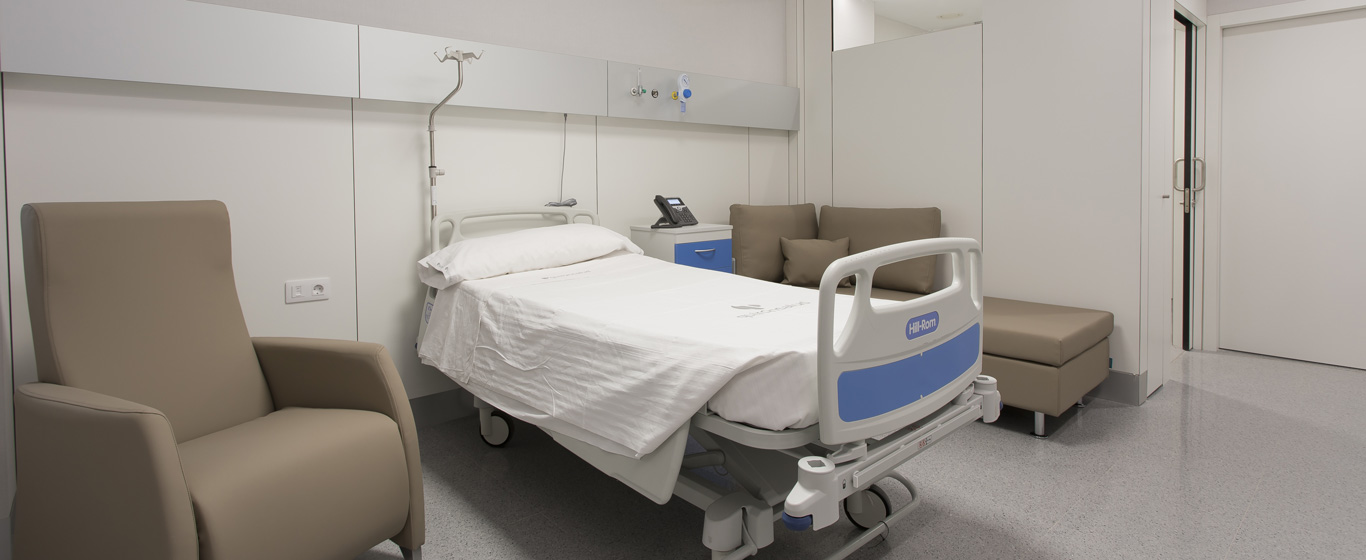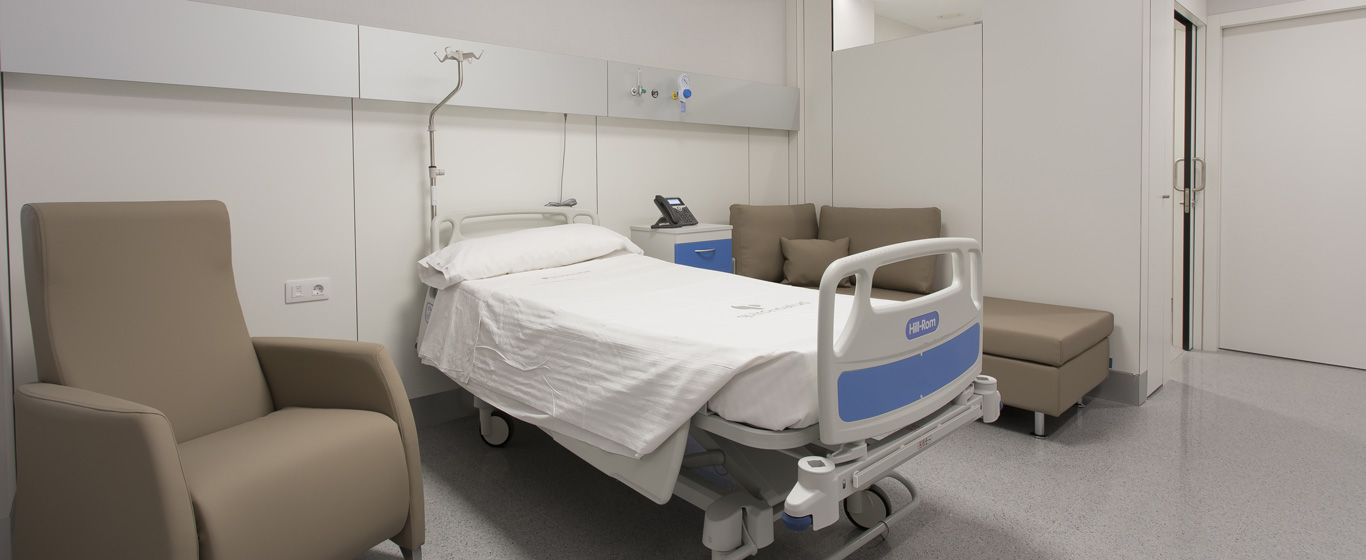Obstructive Sleep Apnea Syndrome
What is obstructive sleep apnea? Information about its symptoms, the most common tests for detection, and the most effective treatments.
Symptoms and Causes
Obstructive sleep apnea syndrome (OSA) is a common respiratory disorder that causes airflow obstruction while sleeping. Repeated episodes of breathing interruptions prevent restorative sleep and can lead to poor work or school performance, lack of concentration, or strokes. Additionally, the amount of oxygen reaching vital organs decreases, which may lead to an accumulation of excess carbon dioxide.
OSA is diagnosed when a person has at least five breathing pauses per hour, although the number is often much higher. Therefore, it is a serious condition that worsens quality of life and can lead to many other diseases.
Symptoms
The most representative symptoms of obstructive sleep apnea syndrome include:
- Snoring
- Breathing pauses
- Somniloquy (talking in sleep)
- Nocturnal choking episodes
- Excessive movement during sleep
- Daytime sleepiness
- Mood changes
- Headaches
Causes
Sleep apnea is classified into two types based on its causes:
- Obstructive sleep apnea: The upper airways become blocked due to a thick tongue, an enlarged palate, swollen tonsils, a small jaw, or nasal obstruction.
- Central sleep apnea: Although rare, in some cases, breathing pauses occur because the brain does not send the necessary signals to inhale and exhale.
Risk Factors
Some factors that increase the risk of developing obstructive sleep apnea include:
- Structural abnormalities in the upper airways
- Malformations in the respiratory or maxillofacial system
- Spinal deformities, especially kyphoscoliosis
- Obesity
- Hormonal changes
- Smoking
- Digestive issues (gastroesophageal reflux disease)
Complications
The main complication of sleep apnea is fatigue and drowsiness, which interfere with daily activities. Fatigue not only leads to social issues but also causes a lack of concentration, increasing the risk of serious accidents.
Additionally, reduced oxygen levels in the body can lead to cardiovascular and pulmonary problems.
Prevention
There is currently no foolproof way to prevent obstructive sleep apnea syndrome. However, adopting certain habits can help minimize risks:
- Quitting smoking
- Maintaining a healthy weight
- Sleeping on your side
- Practicing good sleep hygiene by keeping a consistent schedule
- Exercising regularly
Which Doctor Treats Sleep Apnea?
Otolaryngologists, pulmonologists, and sleep unit specialists diagnose and treat sleep apnea. In the case of pediatric sleep apnea, pediatricians play a key role.
Diagnosis
Several tests are performed to diagnose sleep apnea:
- Polysomnography: Conducted in a hospital, this test monitors the patient's sleep overnight. It tracks heart, lung, and brain activity, apnea episodes, sleep stages, involuntary movements, breathing patterns, and blood oxygen levels.
- Spirometry: Assesses lung function and capacity.
- Electrocardiogram: Detects any abnormalities in heart function.
- Arterial blood gas test or pulse oximetry: Measures oxygen and carbon dioxide levels in the blood.
- Blood test: Identifies possible thyroid or kidney issues.
Treatment
There are several treatments for obstructive sleep apnea syndrome. Specialists determine the most suitable one after evaluating all factors and each patient's characteristics:
- General recommendations: Provided to all OSA patients and include maintaining a healthy weight, avoiding smoking, eliminating alcohol consumption at night, and sleeping on the side, among other tips.
- Continuous Positive Airway Pressure Therapy (CPAP): This involves sleeping with a device that keeps the airways open, allowing uninterrupted airflow.
- Myofunctional therapy (facial and neck muscle exercises) and neurostimulation
- Surgery: In some cases, procedures include removing the uvula, adenoids, and tonsils, reducing throat tissue, or repositioning the jawbone or nasal septum. New surgical techniques are also available.









































































































